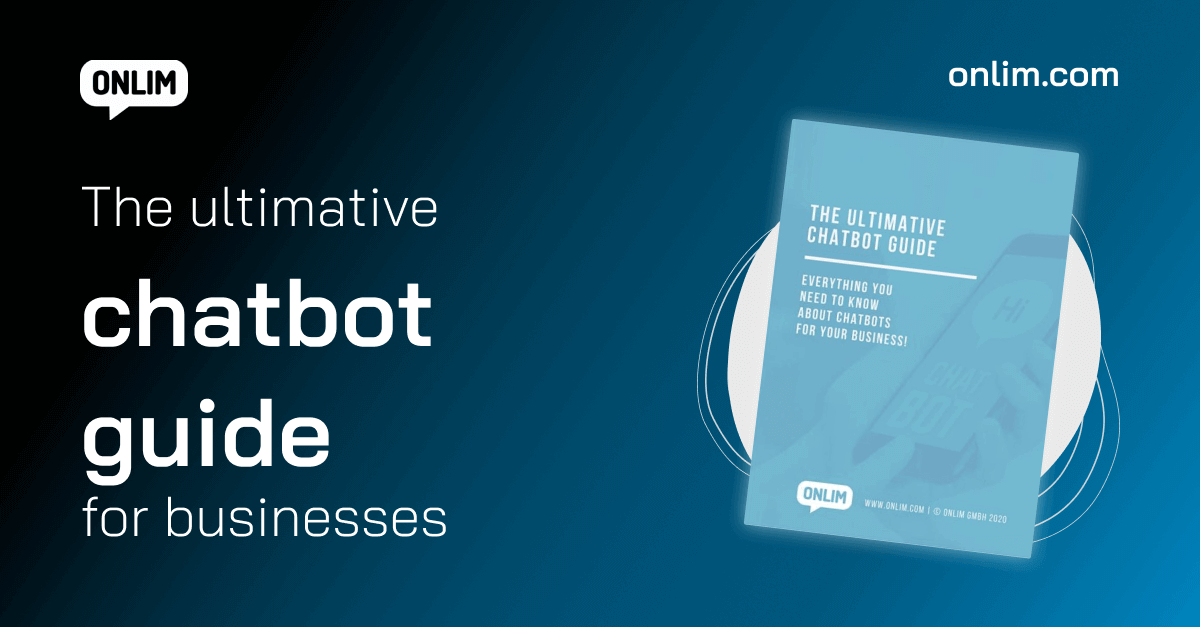What Comes After The Chatbot Hype?
In 2016, the enthusiasm for chatbots knew no limits. For example, according to a survey by Oracle, around 80 percent of all decision-makers in companies assumed that they would be using chatbots in sales, marketing, and customer service by 2020. And according to another prediction, more than two-thirds of all office workers should be interacting with chatbots on a daily basis by 2020. So where are we at right now and what can we expect after the chatbot hype?
There’s more to the chatbot hype
This hype has since dissipated. Chatbots have not yet reached the mainstream to the expected extent. In 2019, less than one percent of 20.000 analyzed B2B websites were using chatbots. Is this a trend that should be a cause for concern? Or is it rather a normal development?
In fact, it’s quite safe to say that the latter is the case. After all, chatbots are not the first technology that has been placed high hopes on. From gamification to autonomous driving, there are always ideas that were initially hyped but then developed more slowly than expected.
The American Stanford researcher and futurist Roy Amara has recognized a general tendency and coined the so-called Amara Law. This states: “We tend to overestimate the short-term impact of technology and underestimate the long-term impact.”
The hype cycle
Jackie Fenn, a consultant for the market research company Gartner, put it even more precisely when she formulated the so-called hype cycle. This cycle describes which phases a new technology typically goes through.
Phase 1: The Technology Trigger
Every technology hype has a trigger. This is usually a particular breakthrough or project that uses the hype technology and generates a lot of public interest, so journalists report about it in detail. The first free-riders appear immediately and think they can make a good deal here.
Phase 2: Peak of Inflated Expectations
This initial enthusiasm almost inevitably leads to exaggerated expectations about the new technology: it reaches the “Peak of Inflated Expectations”. High hopes are placed in the idea, which is far from being fulfilled by real technical development. A kind of gold-rush atmosphere is spreading.
In this phase, there are typically the first successful applications, which are reported widely and enthusiastically. However, these applications have yet to solve some serious struggles and do not work as well as hoped for a long time.
Also interesting: 7 Reasons Why You Should Invest In A Chatbot NOW
Phase 3: Trough of Disillusionment
Based on this initial experience, it is gradually becoming clear that the exaggerated expectations are unlikely to be fulfilled. The enthusiastic reporting is now ebbing away: There are no more success stories to tell. The technology is thus reaching the “Trough of Disillusionment” that needs to be overcome.
Phase 4: Slope of Enlightenment
Nonetheless, the technology continues to evolve – and because the hype now lies in the past, this development is more sustainable and realistic than in the peak phase. Developers and potential users are now approaching the technology with realistic expectations, taking into account their initial experiences.
Phase 5: Plateau of Productivity
In the final phase of the hype cycle – on the so-called “Plateau of Productivity” – the benefits of the technology are widely recognized. The technology is constantly being developed and used by more and more people or companies. How high the plateau becomes, i.e. how far the technology is developed, then depends on the market penetration.
By the way, have you checked out our Ultimate Chatbot Guide For Businesses yet?
What does this mean for the chatbot technology?
What can be concluded from this hype cycle when referring to chatbot technology? Mostly two things: First of all, the chatbot hype that we experienced in 2016 was not an anomaly, but a normal development. Secondly, the cooling-off of the hype does not mean chatbot technology is dead. On the contrary: We are now in a phase where the exaggerated expectations such as “chatbots taking over the world”, “chatbots that are learning 100% unsupervised” and more have been eliminated. Now the chatbot and voice assistant technology can be seriously developed, assessed and used.
Here’s a related article you might like: Supervised vs. Unsupervised Learning – Use & Myths!
The benefits of chatbots are still huge
Because chatbots continue to offer numerous advantages, small companies can use them to significantly improve their services and large corporations are able to significantly reduce their costs and improve efficiency.
And it’s not only companies that benefit from chatbots. The advantages for customers are numerous: Chatbots are available around the clock so that support requests can be made and processed outside normal office hours. And users say, that technologies such as chatbots and voice assistants have changed their expectations towards companies and will continue to do so in the future.
Where is the journey going?
These numerous advantages will ensure that chatbots remain interesting for companies in the future and will, therefore, be used more and more. How far the breakthrough into the mass market will be achieved depends not only on the interest of the users but also and above all on the developers: In order to be as attractive as possible, chatbot technology must be constantly developed and expanded so that it offers an optimal user experience.
If this is successful – and current developments definitely look like it – the productivity plateau for chatbots should be quite high, and so the investment in this technology will certainly pay off even after all the hype. One thing to consider here as well is the growing importance of voice technology and voice assistants, which are only a voice-based version of chatbots, and which will certainly transform our lives in many ways.
Retrieval Augmented Generation (RAG)
July 10th, 2024|
Is a voicebot right for my company?
June 18th, 2024|
What is Generative AI?
June 11th, 2024|




